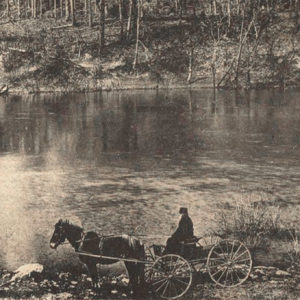 Tumbling Shoals Ferry
Tumbling Shoals Ferry
Entry Category: Transportation
 Tumbling Shoals Ferry
Tumbling Shoals Ferry
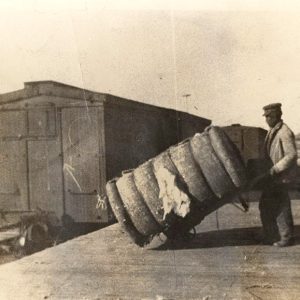 Tupelo Cotton
Tupelo Cotton
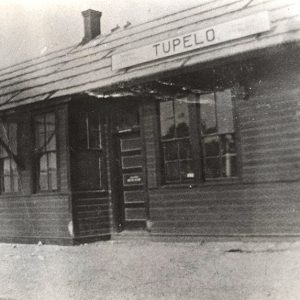 Tupelo Depot
Tupelo Depot
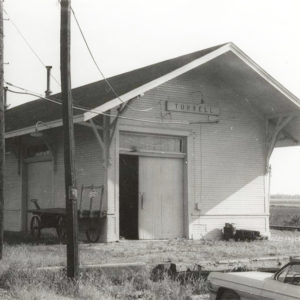 Turrell Depot
Turrell Depot
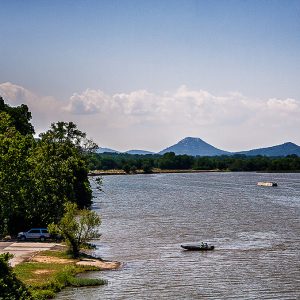 Two Rivers Park
Two Rivers Park
U.S. Highway 62
aka: Highway 62
U.S. Highway 63
U.S. Highway 64
aka: Highway 64
aka: U.S. 64
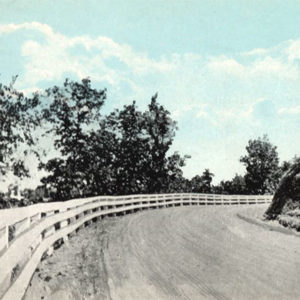 U.S. Highway 64 at Ozark
U.S. Highway 64 at Ozark
U.S. Highway 65
aka: Highway 65
aka: U.S. 65
U.S. Highway 67
aka: Highway 67
U.S. Highway 70
U.S. Highway 71
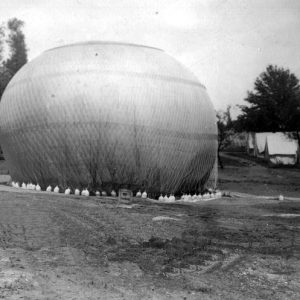 UCV Reunion Balloon
UCV Reunion Balloon
 Ulm Scene
Ulm Scene
USNS General William O. Darby (AP-127/T-AP-127)
aka: USS Admiral W. S. Sims (AP-127)
aka: USAT General William O. Darby (AP-127, IX-510)
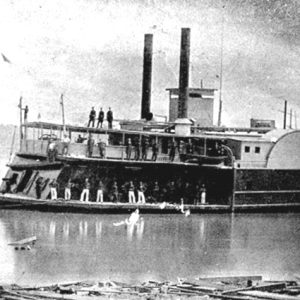 USS Queen City
USS Queen City
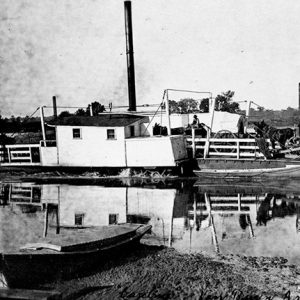 Van Buren Ferry
Van Buren Ferry
Van Buren County Road 2E Bridge
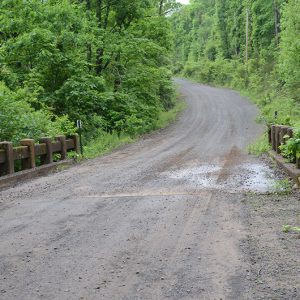 Van Buren County Road 2E Bridge
Van Buren County Road 2E Bridge
 Vandervoort Spillway
Vandervoort Spillway
 Vandervoort Street Scene
Vandervoort Street Scene
 Veterans Hospital
Veterans Hospital
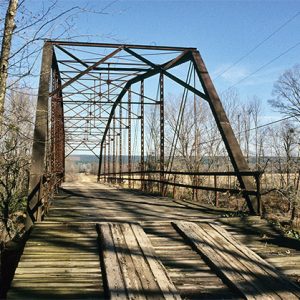 Wallace Bridge
Wallace Bridge
Wallace Bridge
aka: Nimrod Bridge
 Walnut Ridge and Hoxie Mule Car Line
Walnut Ridge and Hoxie Mule Car Line
Walnut Ridge Army Flying School
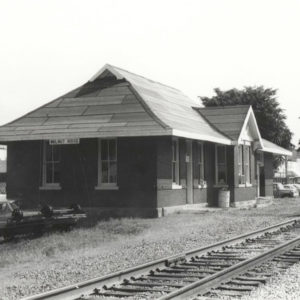 Walnut Ridge Depot
Walnut Ridge Depot
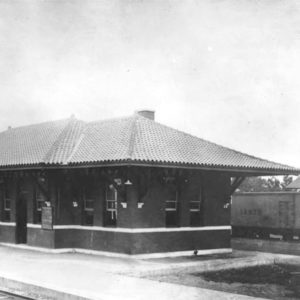 Warren Depot
Warren Depot
Waverly [Steamboat]
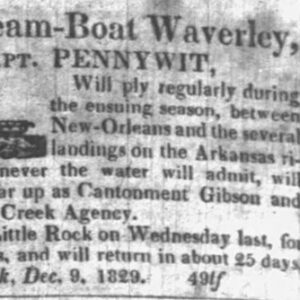 Waverly Ad
Waverly Ad
 Waverly Article
Waverly Article
Webster [Steamboat]
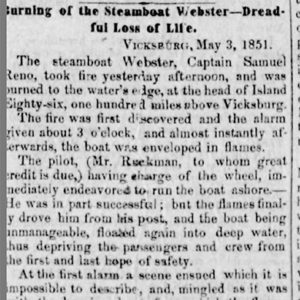 Webster Steamboat Article
Webster Steamboat Article
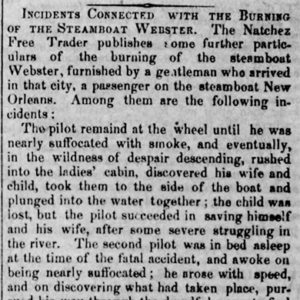 Webster Steamboat Article
Webster Steamboat Article
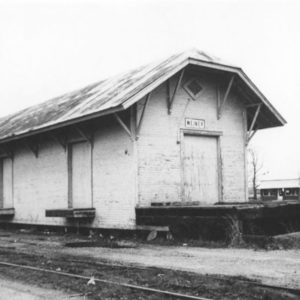 Weiner Depot
Weiner Depot
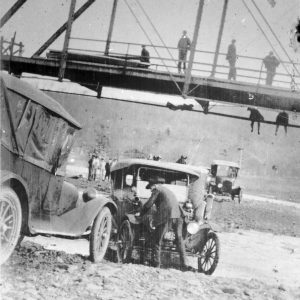 West Fork Bridge
West Fork Bridge
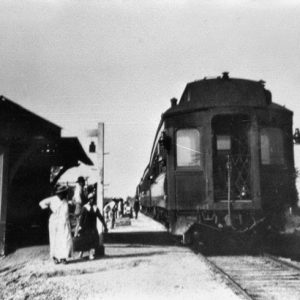 West Memphis Train Station
West Memphis Train Station
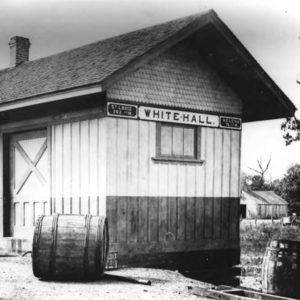 White Hall Depot
White Hall Depot
White River
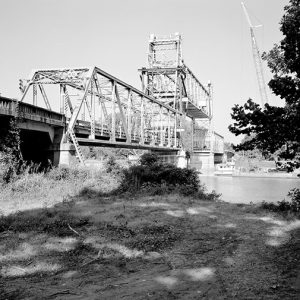 White River Bridge
White River Bridge
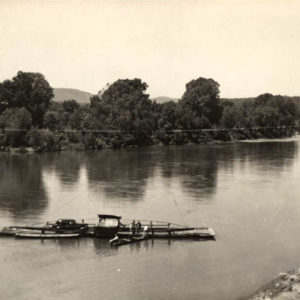 White River Ferry
White River Ferry
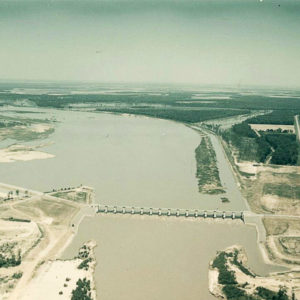 Wilbur D. Mills Dam
Wilbur D. Mills Dam
Wilmington [Steamboat]
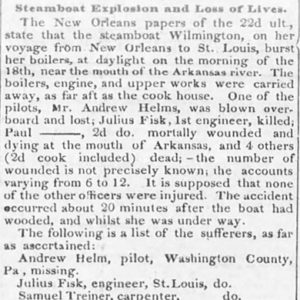 Wilmington Steamboat Article
Wilmington Steamboat Article
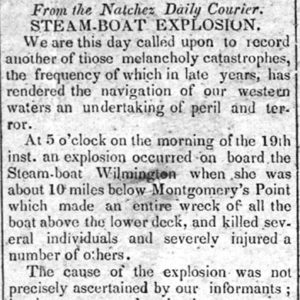 Wilmington Steamboat Article
Wilmington Steamboat Article
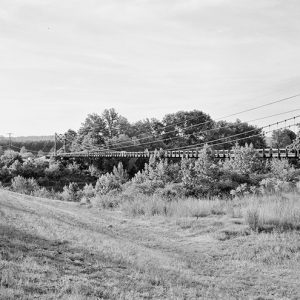 Winkley Bridge
Winkley Bridge
 Winkley Bridge
Winkley Bridge
Winslow Tunnel
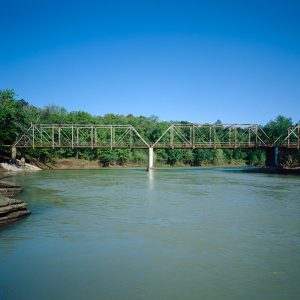 Wire Ford Bridge
Wire Ford Bridge




